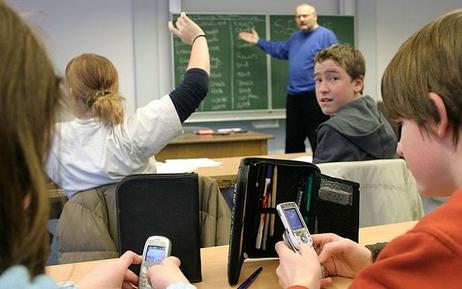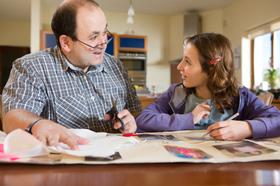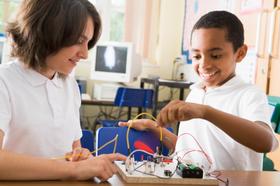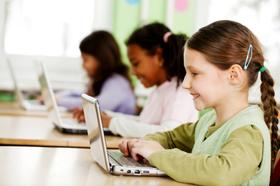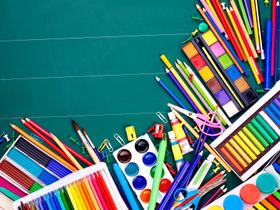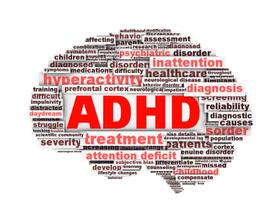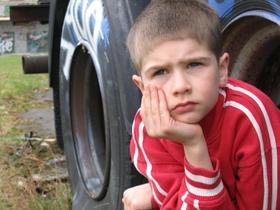While nearly all public schools are required to provide specific programs to help support the needs of struggling students, many public school leaders and parents assert that students with gifted abilities should be entitled to the same opportunities.
With the success of these special needs programs, which include one-on-one support, smaller class sizes, and modified curriculum options, many public schools are beginning to apply the same approach for gifted children, creating programs and classes that are targeted to their unique needs and abilities. “TAG” programs, which stand for “Talented and Gifted,” are growing in popularity in public schools. Proponents believe that TAG programs will help gifted students to enhance their own diverse learning abilities.
This video explains what gifted education entails.
Who are “Gifted” Students?
Each TAG student possesses unique and diverse abilities, and subsequently, many public schools and states have their own forms of “gifted” assessments. For example, the Des Moines Public Schools of Iowa adhere to a strict state-mandated law regarding the assessment and qualifications of TAG children. According to Des Moines Public Schools, TAG students are required to meet an array of criteria, including:
- Students who require classroom/curriculum modifications, including differentiation, advanced class placements, and/or accelerated pacing.
- Students who demonstrate a high potential for advanced learning.
- Student performance scores within the 95th percentile on the Iowa Test of Basic Skills, the Cognitive Abilities Test, and/or the





